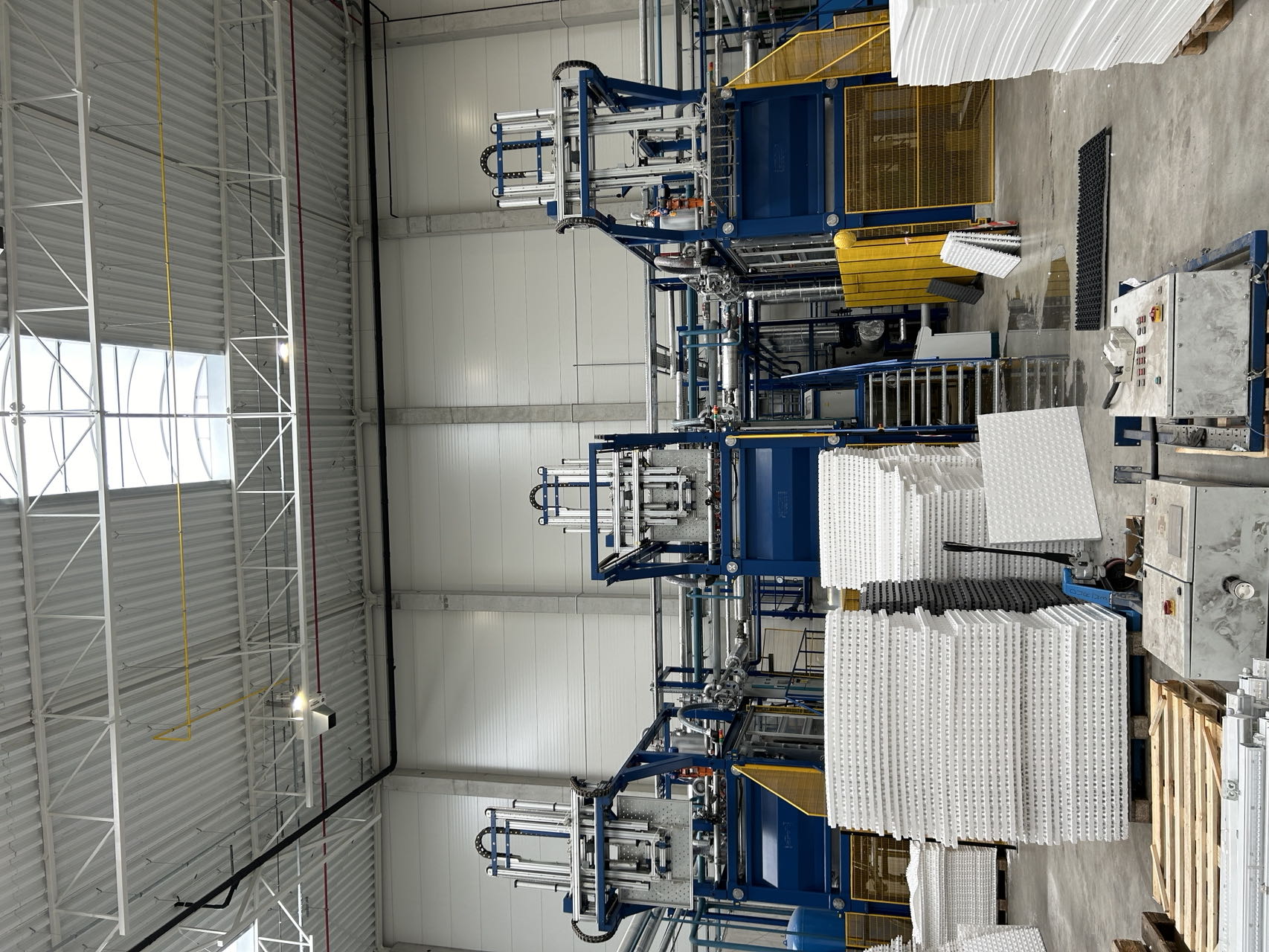EPS (Expanded Polystyrene) equipment is mainly used to produce foam products (such as packaging materials, building insulation boards, etc.). The core equipment includes pre delivery machine, molding machine, steam system, cooling system, etc. Regular maintenance can improve production efficiency, reduce failure rates, and extend equipment lifespan.

EPS pre-expander
Daily cleaning: Clean the residual foam beads inside the pre generator to avoid blockage.
Check the mixing system: Ensure that the mixing blades are not deformed or worn, and that the bearings are well lubricated.
Steam pipeline inspection: Remove the scale from the steam nozzle to prevent blockage from affecting the uniformity of foaming.
Temperature control: Calibrate the temperature sensor to ensure stable pre release temperature (usually 90-110 ℃).
EPS shape molding machine
Mold cleaning: Clean the residual EPS particles on the surface of the mold after each production to avoid sticking to the mold.
Sealing inspection: Check whether the mold sealing strip is aging or damaged to prevent steam leakage.
Lubrication and maintenance: Regularly apply high-temperature lubricating grease to the guide rail and mold closing mechanism.
Steam System
Drain valve maintenance: Regularly clean the drain valve to prevent the accumulation of condensed water from affecting steam pressure.
Pipeline insulation layer: Check whether the insulation layer of the steam pipeline is damaged to reduce heat loss.
Pressure gauge calibration: Check the steam pressure gauge monthly to ensure accurate readings.
Cooling system
Water tank cleaning: Regularly replace the cooling water and remove impurities from the water tank.
Water pump inspection: Check whether the water pump is running normally to avoid abnormal noise or water leakage.
Cooling pipeline dredging: prevent scale blockage and affect cooling efficiency.
Pneumatic system
Air source treatment: Regularly drain the accumulated water in the gas storage tank and replace the pneumatic three-way components (filter, pressure regulating valve, oil mist device).
Cylinder maintenance: Check whether the cylinder piston rod is scratched and lubricate the pneumatic components.
electrical control system
Wiring inspection: Tighten loose terminals to prevent poor contact.
PLC module cleaning: Use compressed air to clean the dust inside the control cabinet to avoid short circuits.
Sensor calibration: Regularly calibrate temperature and pressure sensors.
Post time: Apr-24-2025
